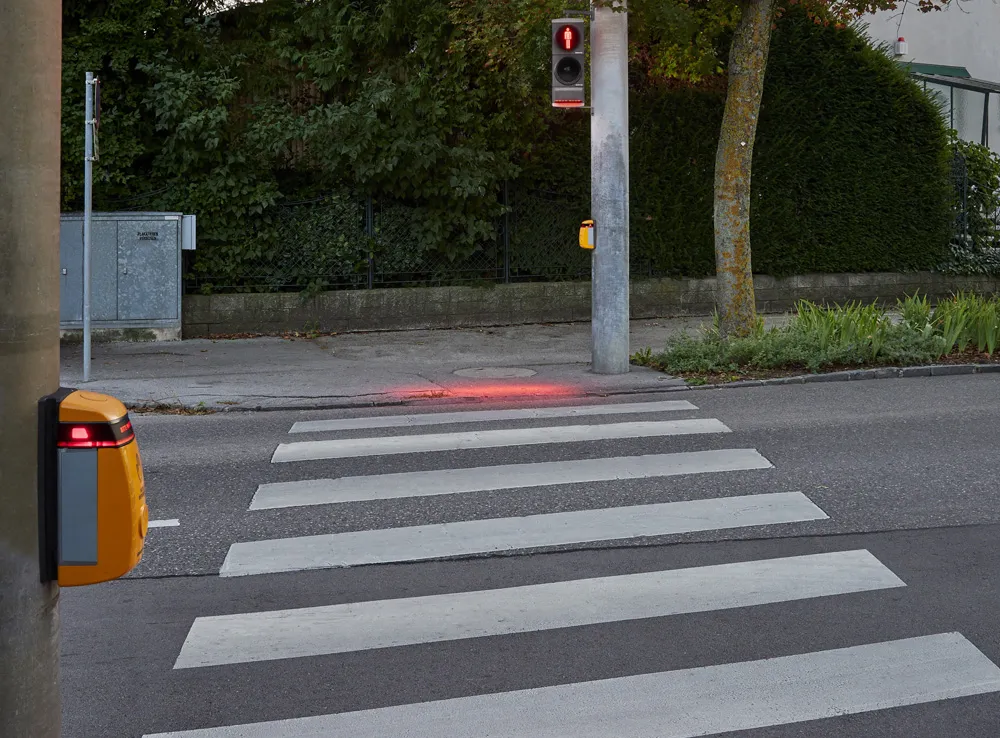Known for its high foot-traffic, congested streets and short blocks, the flow of pedestrian traffic plays a major role in San Francisco’s transportation network. Traffic controller maintenance adds to the problem where the cabinets have single front doors that obstruct pedestrian walkways, restricting the flow of foot traffic, and often forcing rerouting and delays.
That’s about to change; the City has awarded McCain a contract for the supply of traffic controller cabinets, including the City’s first-ti
May 14, 2014
Read time: 2 mins
Known for its high foot-traffic, congested streets and short blocks, the flow of pedestrian traffic plays a major role in San Francisco’s transportation network. Traffic controller maintenance adds to the problem where the cabinets have single front doors that obstruct pedestrian walkways, restricting the flow of foot traffic, and often forcing rerouting and delays.
That’s about to change; the City has awarded772 McCain a contract for the supply of traffic controller cabinets, including the City’s first-time purchase of 180 newly redesigned MSF60 NEMA TS 2 Type 1 cabinets, which have a side-by-side front-door design with reduced door swing, while meeting all functional requirements of the National Electrical Manufactures Association (NEMA) TS 2, v02.06 cabinet specification.
The innovative two-door cabinet design cuts the space requirement in half, minimising obstructions to pedestrian traffic flow and allows the City to maximise the use of street furniture, while increasing sidewalk accessibility during traffic cabinet maintenance.
The cabinet design includes a 16-position load bay and maximises internal cabinet space, keeping the cabinet’s architecture streamlined and compact without compromising functional integrity. The 180 cabinets come equipped and ready to deploy with a colour-coded field output panel and GPS unit.
“The cabinet selection allows San Francisco to provide a more safe and comfortable pedestrian experience,” said Diane Hawkins, account manager for McCain. “The move from a bulky, single front-door design to the slimline, dual front-door MSF60 NEMA cabinet is a big win for the City and its residents.”
That’s about to change; the City has awarded
The innovative two-door cabinet design cuts the space requirement in half, minimising obstructions to pedestrian traffic flow and allows the City to maximise the use of street furniture, while increasing sidewalk accessibility during traffic cabinet maintenance.
The cabinet design includes a 16-position load bay and maximises internal cabinet space, keeping the cabinet’s architecture streamlined and compact without compromising functional integrity. The 180 cabinets come equipped and ready to deploy with a colour-coded field output panel and GPS unit.
“The cabinet selection allows San Francisco to provide a more safe and comfortable pedestrian experience,” said Diane Hawkins, account manager for McCain. “The move from a bulky, single front-door design to the slimline, dual front-door MSF60 NEMA cabinet is a big win for the City and its residents.”










